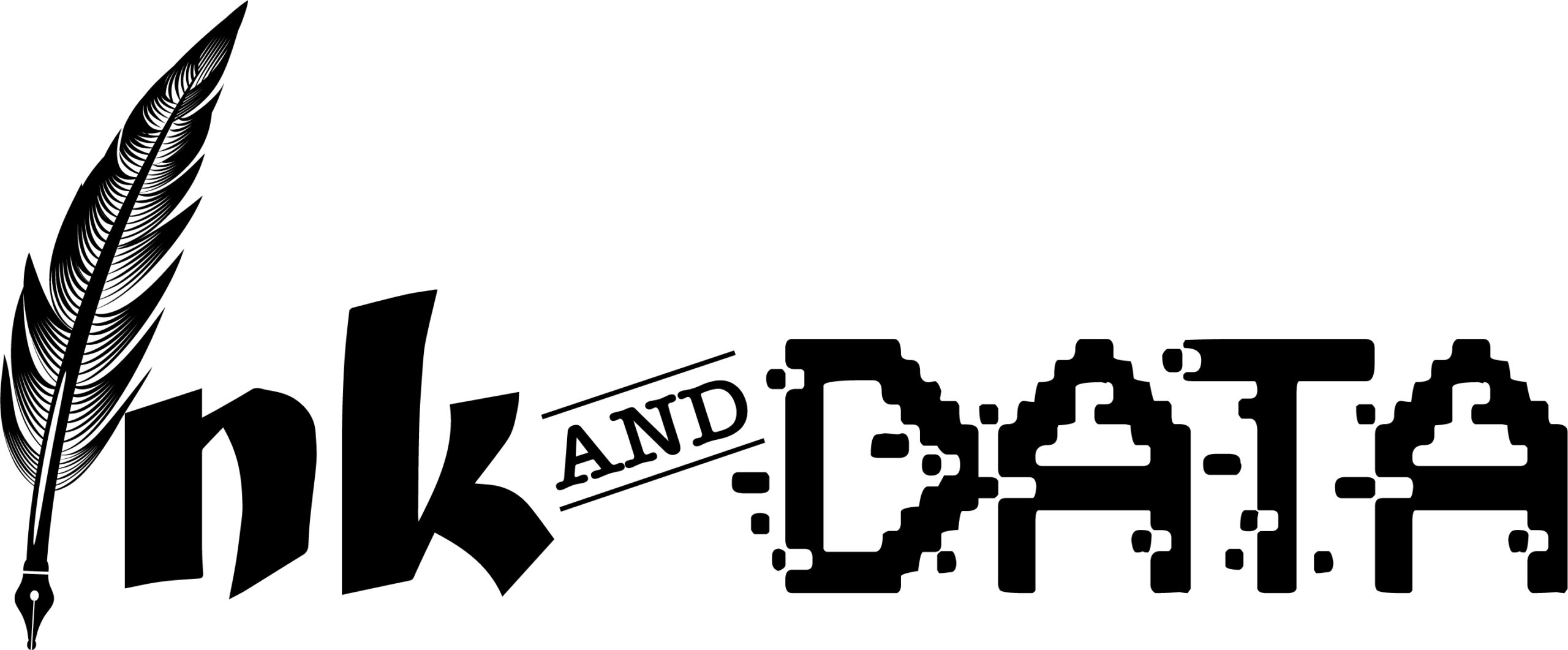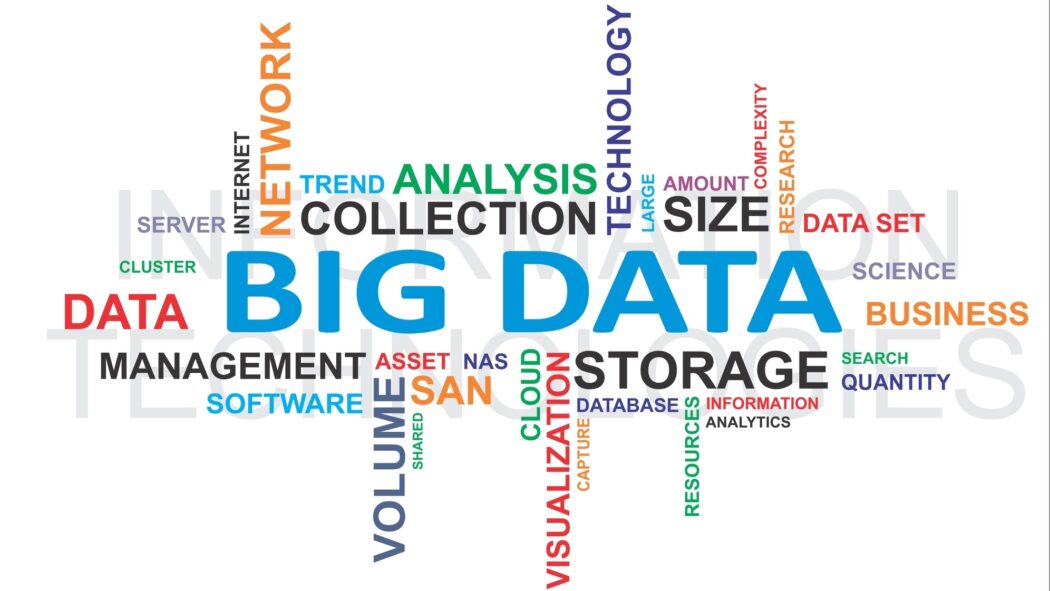Data is the lifeblood of our healthcare industry. The growth in data and analytics represents an opportunity for transformation in how we treat chronic illness. Unfortunately, our industry appears to be more fragmented than ever regarding the collection, storage and usage of patient data. This is a critical issue because the amount of healthcare data continues to grow every year – year after year.
This 2018 article from Datavant (a company focused exclusively on health data) is an informative summary of the issues and well worth reading. I am focused on communication in healthcare for chronically ill populations and the article highlights barriers to the creation of a longitudinal health record which includes both clinical and non-clinical data. We need efficient access to both types in order to support targeted patient populations with coordinated care and coordinated communications.
The following section was included in the article’s 2019 update (my emphasis in red).
Update (September 2019): Since publication, we’ve seen copies of this ecosystem map show up at conferences, in classrooms, and in boardroom discussions — and have had hundreds of requests for the underlying graphic and lists. Given the traction, we feel an obligation to make sure that the map doesn’t go stale. To that end, we’ve prepared a new and expanded 2019 health data ecosystem map below. The size of the health data ecosystem has grown significantly in the past year. There are many new logos and the amount of health data in existence has more than doubled.
Healthcare data represents an incredible market opportunity and investors have responded. Unfortunately, the growth in data – and the number of vendors – is creating more data fragmentation, not less.
Where is the Data?
The following graphic is directly from the Datavant article. Patients’ data are stored in many of these categories, with a multitude of vendors.

There are several interesting points to consider:
- Longitudinal Health Record: The graphic and article highlight the issues in creating a usable longitudinal health record for a patient with both clinical and non-clinical data. Patient data moves through a variety of vendors with their own data storage systems.
- Profit oriented behavior: Many vendors don’t provide any direct clinical healthcare or patient communications services. They aggregate and depersonalize data and offer it to healthcare systems to improve operations or value-based care. They have no other incentive in play.
- Data Growth: The amount of data doubles every two years and the number of vendors offering products in this space continues to increase.
The critical element is the inclusion of non-clinical data in the longitudinal health record. This is required if we want personalized health communications that comprehend language, education and culture in diverse populations.
Operational Data versus Research and Analysis
The article describes another barrier in this data ecosystem.
“… systems used to generate health data are designed for operations, not to organize data effectively for research or analytics.”
This is an incredibly important point. Individual vendors capture the patient data they need to perform their specific operations. There is no longitudinal patient record tying all these disparate pools of patient data together, which limits the ability to conduct clinical research and analytics. This also impacts the ability to coordinate communications in diverse populations.
Aggregating data for communications
The article refers to four different areas where data can be aggregated more efficiently:
- enterprise data warehouses,
- data aggregators,
- patient registries,
- and government.
Enterprise data warehouses are likely in large health organizations and focused on aggregating clinical data. Data aggregators have de-identified patient data used to benchmark quality measurements and business processes. The government acts as a data originator and aggregator through Medicare, Medicaid and the VHA, but appears mostly focused on claims data.
The patient registries seem best positioned to support coordinated communications. They focus on chronically ill populations and include socioeconomic and behavioral data.
Grouping Chronically Ill Patients
Patient registries gather data of patients who share a common issue or condition. Registry data is targeted with research and analytics to identify more effective treatment for chronically ill populations. We should explore using the same tools to analyze the types and formats of communications that provide the greatest value in driving health literacy in the same populations.
This research would allow us to add a communication layer to the longitudinal health record. The communication layer would help address barriers in language, education and culture which currently affect health literacy.
Summary and Parallels
The article summary highlights the real goal in managing healthcare data: getting the right data in the right hands at the right time to improve the overall healthcare system.
The goal in patient communications is similar: providing the patient the right information in the right format at the right time to improve health literacy in chronically ill populations.
The former goal helps healthcare systems operate more effectively. The latter goal helps patients manage their own health more effectively. Any effort to aggregate healthcare data needs to support both goals.


No Comments